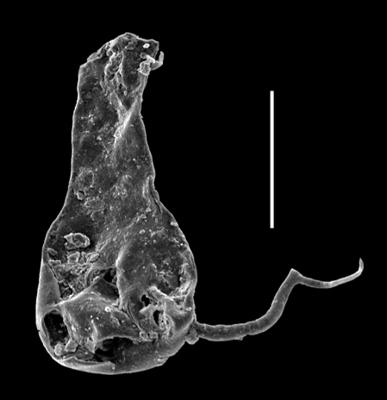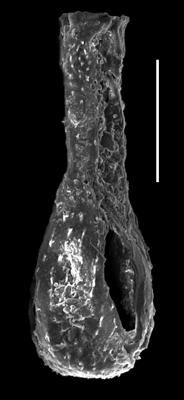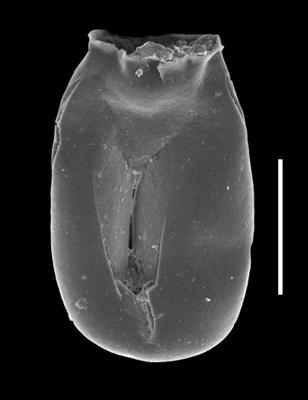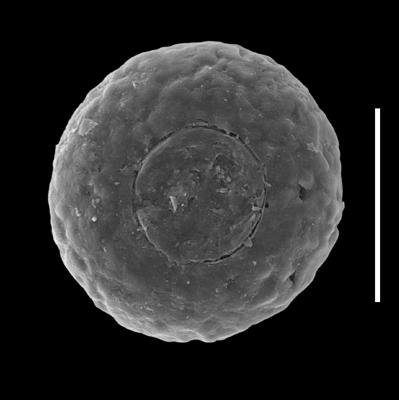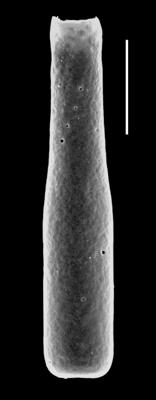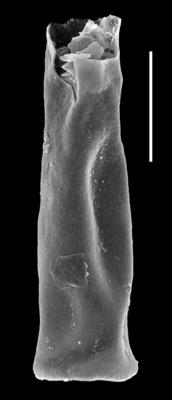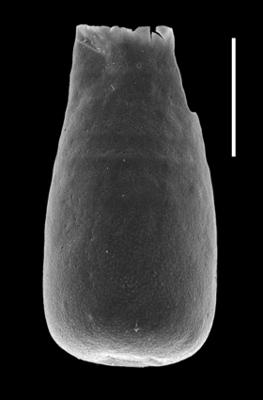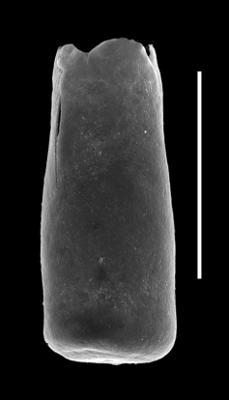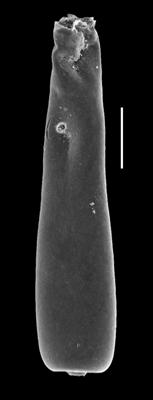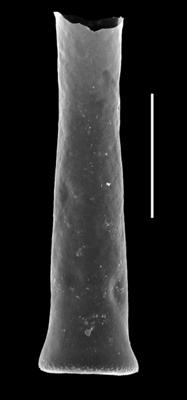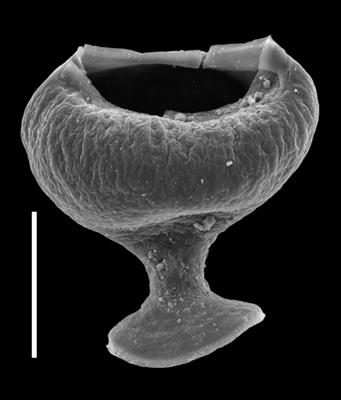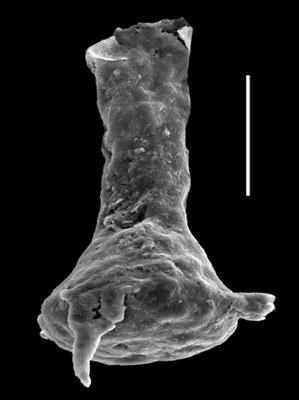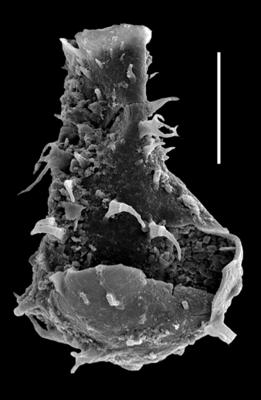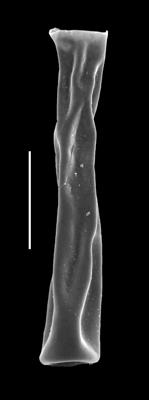Show only Baltic references
Publications
Hints, O. et al., 2006
Hints, O., Killing, M., Männik, P., Nestor, V. 2006. Frequency patterns of chitinozoans, scolecodonts, and conodonts in the upper Llandovery and lower Wenlock of the Paatsalu core, western Estonia. Proceedings of the Estonian Academy of Sciences. Geology 55 (2), 128-155. PDF | DOI | DETAILS
| ID | 768 |
|---|
| Reference | Hints, O. et al., 2006 |
|---|
| Author | Hints, O., Killing, M., Männik, P., Nestor, V. |
|---|
| Year | 2006 |
|---|
| Title | Frequency patterns of chitinozoans, scolecodonts, and conodonts in the upper Llandovery and lower Wenlock of the Paatsalu core, western Estonia |
|---|
| Journal | Proceedings of the Estonian Academy of Sciences. Geology |
|---|
| Volume | 55 |
|---|
| Number | 2 |
|---|
| pgs. | 128-155 |
|---|
| Source type | article in journal |
|---|
| Language | English |
|---|
| Remarks | 3 fototahvlit |
|---|
| DOI | 10.3176/GEOL.2006.2.04 |
|---|
| Abstract | Frequency patterns of chitinozoans, scolecodonts (polychaete jaws), and conodonts in the upper Llandovery and lower Wenlock of the Paatsalu core, western Estonia, are described. Chitinozoans are represented by nearly 50 species and constitute the most abundant group, outnumbering scolecodonts and conodonts by 10–100 times. Jawed polychaetes with about 60 species and up to thousands of specimens per kilogram of rock are the most diverse but least varying group. Conodonts display marked variations in abundance and relative frequency, which are partly caused by global evolutionary patterns of conodont faunas. The Llandovery Rumba Formation is characterized by large numbers of scolecodonts, common and diverse chitinozoans, and very rare conodonts. Good correlation between the abundance of microfossils and lithology in the Rumba Formation most likely indicates variations in the deposition/compaction rate. Interestingly, the lithologically sharp Rumba–Velise boundary is indistinct in chitinozoan and polychaete faunas; marked changes occur above the boundary. The Velise Formation, except its basal part, is characterized by a decreased number of scolecodonts and abundant conodonts. The changes in chitinozoan and conodont faunas at the Llandovery–Wenlock boundary are sharp, partly on account of a stratigraphical gap. The abundance of chitinozoans increases 10 times, whilst that of conodonts decreases; both groups display a significant turnover in assemblages and decrease in diversity. Changes in jawed polychaete faunas are less conspicuous, although a major change in relative frequency of dominating forms can be observed. The Wenlock Jaani Formation is characterized by maximum abundance of chitinozoans and scolecodonts, and decreased abundance and diversity of conodonts. The last group was most affected by the Ireviken Event. |
|---|
Sections studied or mentioned
Photos

